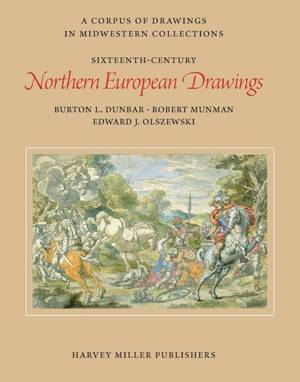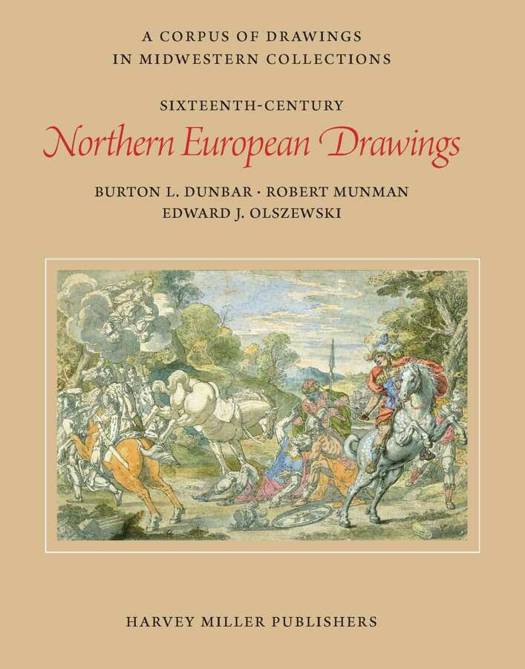
- Afhalen na 1 uur in een winkel met voorraad
- Gratis thuislevering in België vanaf € 30
- Ruim aanbod met 7 miljoen producten
- Afhalen na 1 uur in een winkel met voorraad
- Gratis thuislevering in België vanaf € 30
- Ruim aanbod met 7 miljoen producten
Zoeken
Sixteenth-Century Northern European Drawings
Burton Dunbar, Robert Munman, Edward Olszewski
Hardcover | Engels
€ 137,80
+ 275 punten
Omschrijving
This volume catalogues 137 drawings by nearly one hundred artists active in the Netherlands, Germany, France, Switzerland, and Spain from the very end of the fifteenth century through 1600. Compiled by a team of twenty-two scholars, the book fully documents each of the drawings from twenty-four museums, outside of Chicago, with detailed scholarly entries and photographs of every work. Taken as a group, the drawings in this book present some of the most able draughtsmen of the period active north of the Alps. A sampling of the artists include Albrecht Durer and his contemporaries in Germany, Albrecht Altdorfer, Hans Beham, and Georg Pencz; in the Lowlands, Jan Wellens de Cock, Maerten van Heemskerck, Hendrick Goltzius, and Maerten de Vos; and from other countries, members of the Dumonstier family in France and the Swiss artists Tobias Stimmer and David Lindtmayer. The volume also presents over forty drawings which are published here for the first time with attributions to such artists as Christopher Amberger, Wouter Pietersz. Crabeth, Virgil Solis, and Otto van Veen, among others. In sum, the compilation of 73 Netherlandish drawings, 42 German works, and 22 sheets from other countries presents an important cross-section of the brilliant evolution of the drawing medium during the century. It is during this period that drawings become truly of age, for both artists who view their creations as works in themselves (as well as models for paintings and prints) and now their public, who become fascinated with the collecting of drawings as glimpses into the most personal and immediate artistic thoughts of the skillful artists who made them.
Specificaties
Betrokkenen
- Auteur(s):
- Uitgeverij:
Inhoud
- Aantal bladzijden:
- 253
- Taal:
- Engels
Eigenschappen
- Productcode (EAN):
- 9781905375110
- Verschijningsdatum:
- 15/12/2011
- Uitvoering:
- Hardcover
- Formaat:
- Genaaid
- Afmetingen:
- 226 mm x 284 mm
- Gewicht:
- 1478 g

Alleen bij Standaard Boekhandel
+ 275 punten op je klantenkaart van Standaard Boekhandel
Beoordelingen
We publiceren alleen reviews die voldoen aan de voorwaarden voor reviews. Bekijk onze voorwaarden voor reviews.








